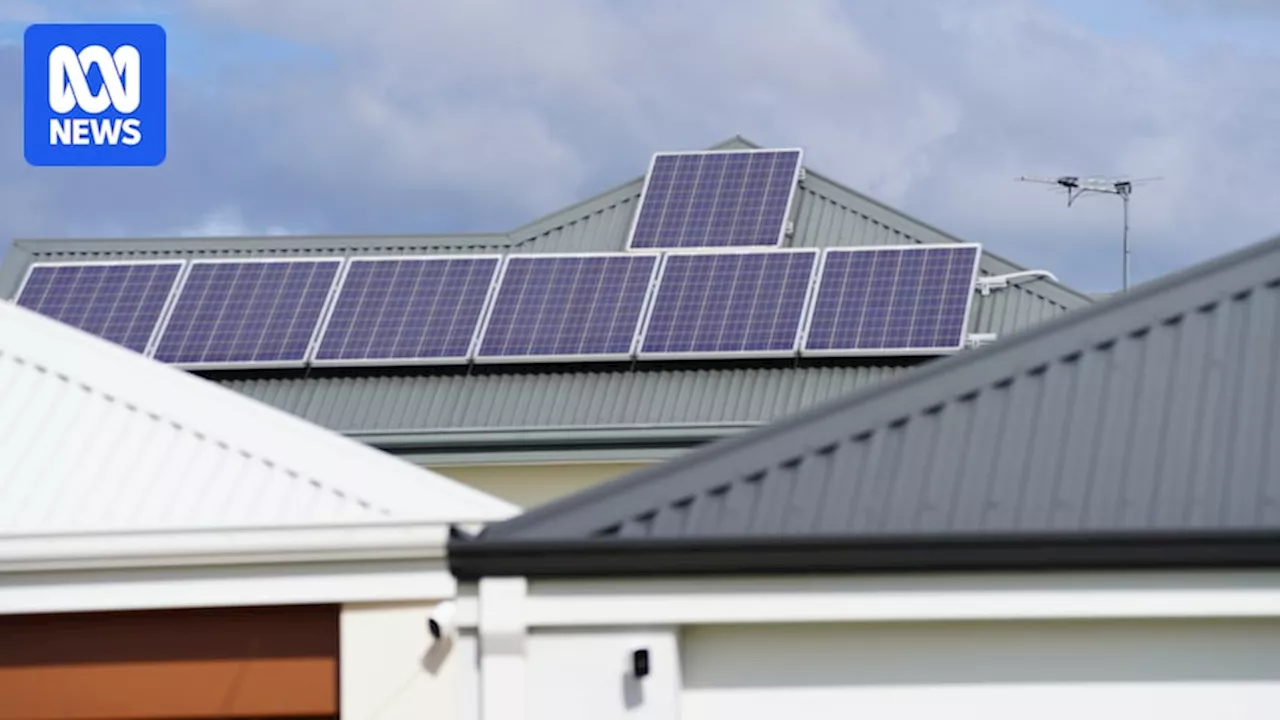Australia experiences record renewable energy generation but faces challenges with price spikes and grid stability as the nation transitions to a cleaner energy future.
Despite a surge in renewable energy sources, wholesale solar power prices saw a significant increase of 88 percent in the last quarter of 2024 compared to the same period in 2023. This rise in prices, while occurring amidst record-breaking renewable energy generation, highlights the complexities and vulnerabilities of the national energy grid as it transitions towards a more sustainable future.
Australia's national electricity market witnessed unprecedented levels of renewable energy contribution, with solar power playing a pivotal role. Rooftop solar installations surged by 18 percent, and grid-scale solar capacity increased by 9 percent. This surge in solar power led to instances where the spot price for electricity dipped below zero, signifying a scenario where generators were paying major consumers to utilize electricity instead of the reverse.However, several factors contributed to the rise in wholesale power prices. The return to warmer weather patterns in late 2024, compared to the unusually cool end of 2023, increased demand for electricity. Planned outages at coal-fired power plants, coupled with record low outputs from both black and brown coal generators, further exacerbated the situation. These outages led to major price spikes during November and December, particularly during a heatwave on November 27 when the Australian Energy Market Operator issued warnings about potential grid strain. The incident saw the wholesale power spot price reach the market cap of $17,500. The year also witnessed new records in both peak and trough demand. Warm temperatures and the increasing electrification of household appliances pushed demand for power to new highs, while the abundance of solar energy led to record-low demand at other times. Coal's share of the national energy grid fell below 50 percent for the first time, while renewables constituted 46 percent of the electricity consumed. Violette Mouchaileh from AEMO emphasized the need for new transmission projects to address the significant price variability between northern and southern states.The debate surrounding the future of the national energy grid is likely to dominate the upcoming federal election. Labor and the Coalition have contrasting views on the issue. The Coalition argues that an over-reliance on renewables will destabilize the grid and necessitate excessive investment in transmission infrastructure. They point to instances where households were urged to avoid using energy-intensive appliances during peak demand as evidence of grid unreliability. The Coalition favors nuclear power as a viable replacement for coal-fired generation. Conversely, Labor maintains that nuclear power is impractical and overly expensive, advocating for a continued shift towards renewable energy sources. Labor states that the data supports their position, demonstrating that unreliable coal is negatively impacting energy prices, while increasing renewable energy generation lowers wholesale prices. Labor emphasizes the importance of new transmission infrastructure in maintaining affordable energy access for all
RENEWABLES SOLAR POWER ELECTRICITY PRICES ENERGY GRID TRANSMISSION COAL NUCLEAR POWER FEDERAL ELECTION
Australia Latest News, Australia Headlines
Similar News:You can also read news stories similar to this one that we have collected from other news sources.
 Queensland Deputy Premier Halts Renewable Energy Project AssessmentsQueensland Deputy Premier Jarrod Bleijie has ordered a four-month halt to the assessment of three major renewable energy projects while he considers using his authority to call them in. Bleijie cited the projects' complex nature and potential impacts on social, economic, and environmental factors as reasons for the pause.
Queensland Deputy Premier Halts Renewable Energy Project AssessmentsQueensland Deputy Premier Jarrod Bleijie has ordered a four-month halt to the assessment of three major renewable energy projects while he considers using his authority to call them in. Bleijie cited the projects' complex nature and potential impacts on social, economic, and environmental factors as reasons for the pause.
Read more »
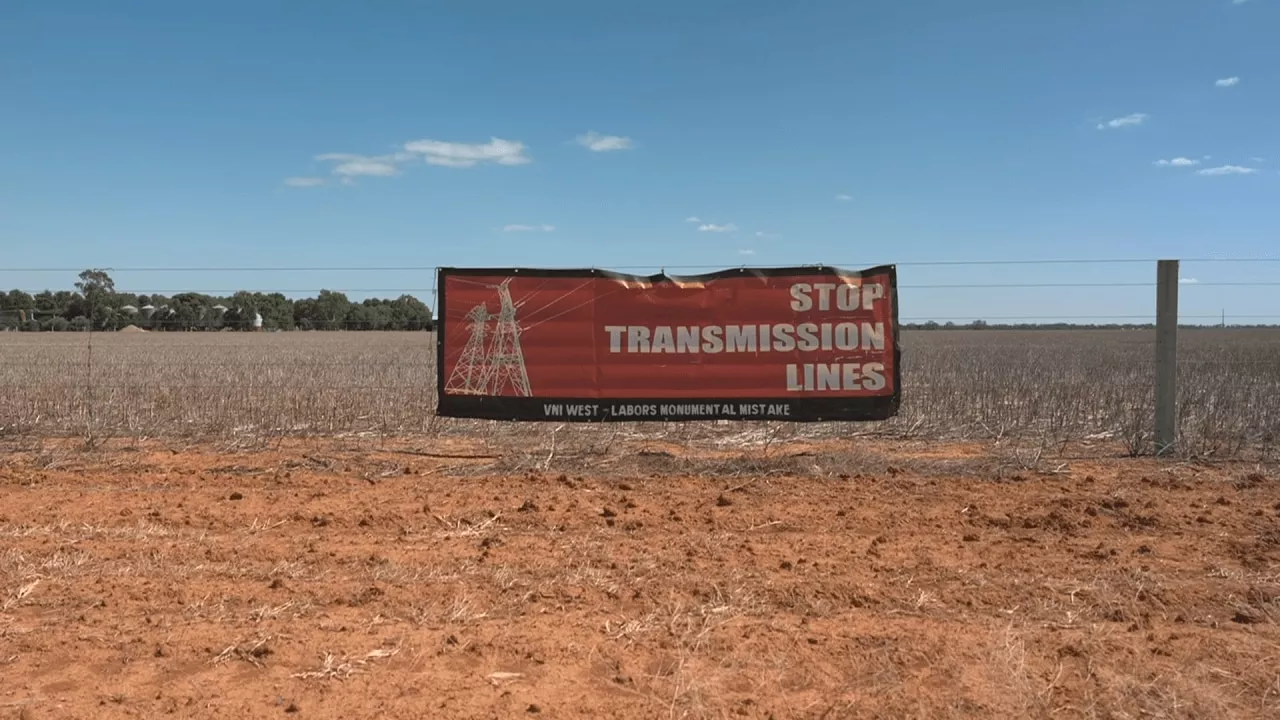 Victorian Farmers Fight Back Against Government's Renewable Energy PushFarmers in rural Victoria are facing off against the Albanese government's ambitious renewable energy project, VNI West, which threatens to disrupt their livelihoods and reshape their land.
Victorian Farmers Fight Back Against Government's Renewable Energy PushFarmers in rural Victoria are facing off against the Albanese government's ambitious renewable energy project, VNI West, which threatens to disrupt their livelihoods and reshape their land.
Read more »
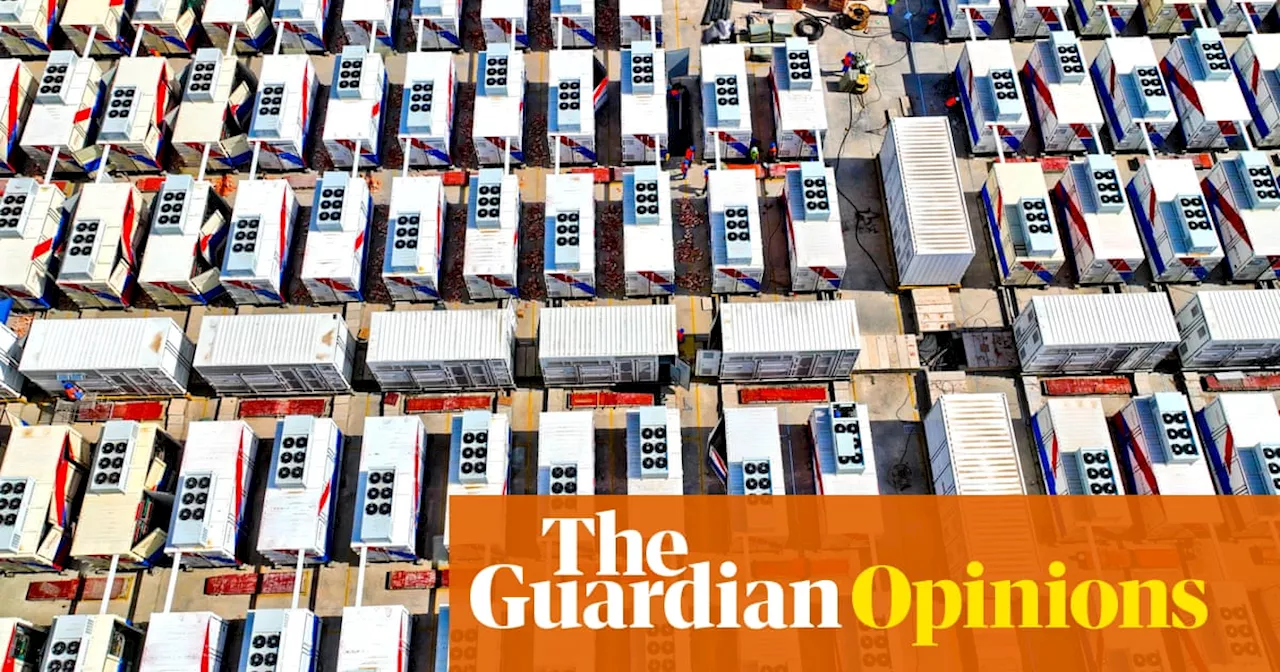 Flow Batteries: Australia's Path to Renewable Energy DominanceAustralia has the potential to become a global leader in the burgeoning flow battery market. As the nation increasingly relies on solar and wind energy, the need for efficient energy storage solutions grows. Flow batteries, with their longer duration capabilities compared to lithium-ion batteries, offer a promising avenue for meeting this demand. The Australian government's $500 million battery manufacturing strategy recognizes the importance of flow batteries and aims to foster domestic production.
Flow Batteries: Australia's Path to Renewable Energy DominanceAustralia has the potential to become a global leader in the burgeoning flow battery market. As the nation increasingly relies on solar and wind energy, the need for efficient energy storage solutions grows. Flow batteries, with their longer duration capabilities compared to lithium-ion batteries, offer a promising avenue for meeting this demand. The Australian government's $500 million battery manufacturing strategy recognizes the importance of flow batteries and aims to foster domestic production.
Read more »
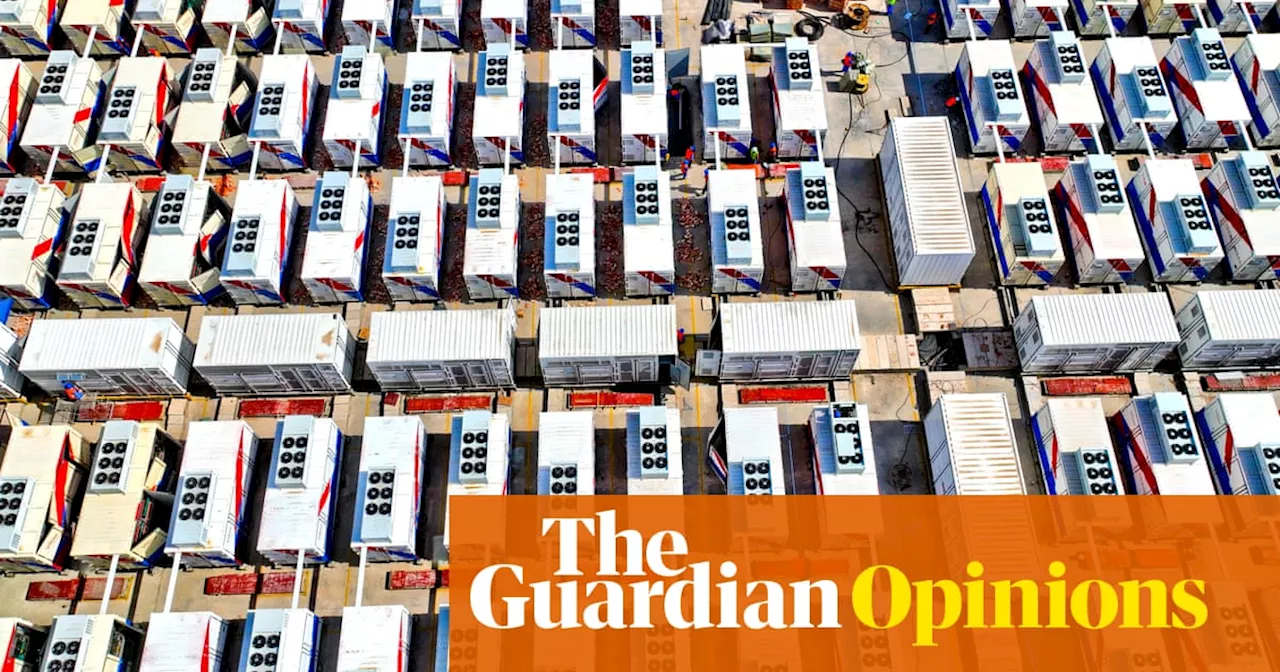 Australia Poised to Lead in Flow Battery Technology for Renewable EnergyAustralia has the potential to become a global leader in the production of flow batteries, a promising technology for storing renewable energy.
Australia Poised to Lead in Flow Battery Technology for Renewable EnergyAustralia has the potential to become a global leader in the production of flow batteries, a promising technology for storing renewable energy.
Read more »
 Renewable Power Surpasses Coal for First Time in Australia's Energy MarketRenewable energy sources set a new record, providing 46% of Australia's electricity supply in the December 2024 quarter, surpassing coal-fired generation for the first time. High temperatures and increased demand pushed electricity prices up, but the shift to renewables contributed to record-low emissions.
Renewable Power Surpasses Coal for First Time in Australia's Energy MarketRenewable energy sources set a new record, providing 46% of Australia's electricity supply in the December 2024 quarter, surpassing coal-fired generation for the first time. High temperatures and increased demand pushed electricity prices up, but the shift to renewables contributed to record-low emissions.
Read more »
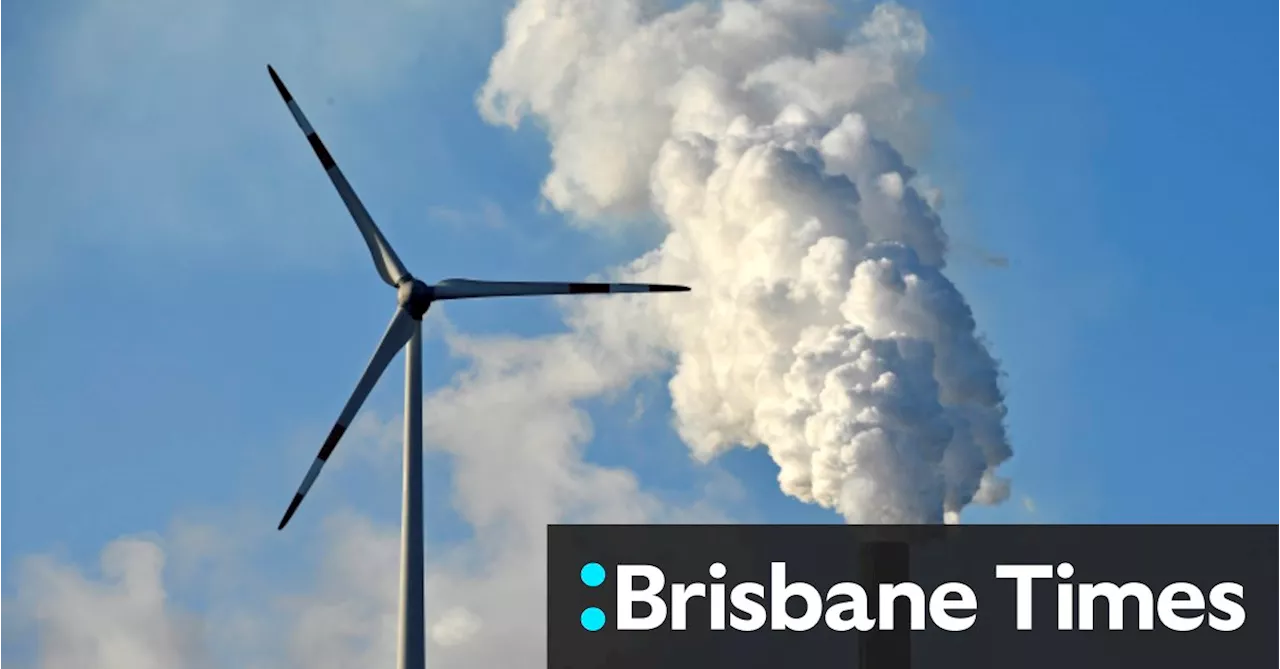 Power prices surge as coal and clean energy supply faltersWholesale energy prices hit new highs months before the federal election, further intensifying the cost-of-living clash between Labor and the Coalition.
Power prices surge as coal and clean energy supply faltersWholesale energy prices hit new highs months before the federal election, further intensifying the cost-of-living clash between Labor and the Coalition.
Read more »
